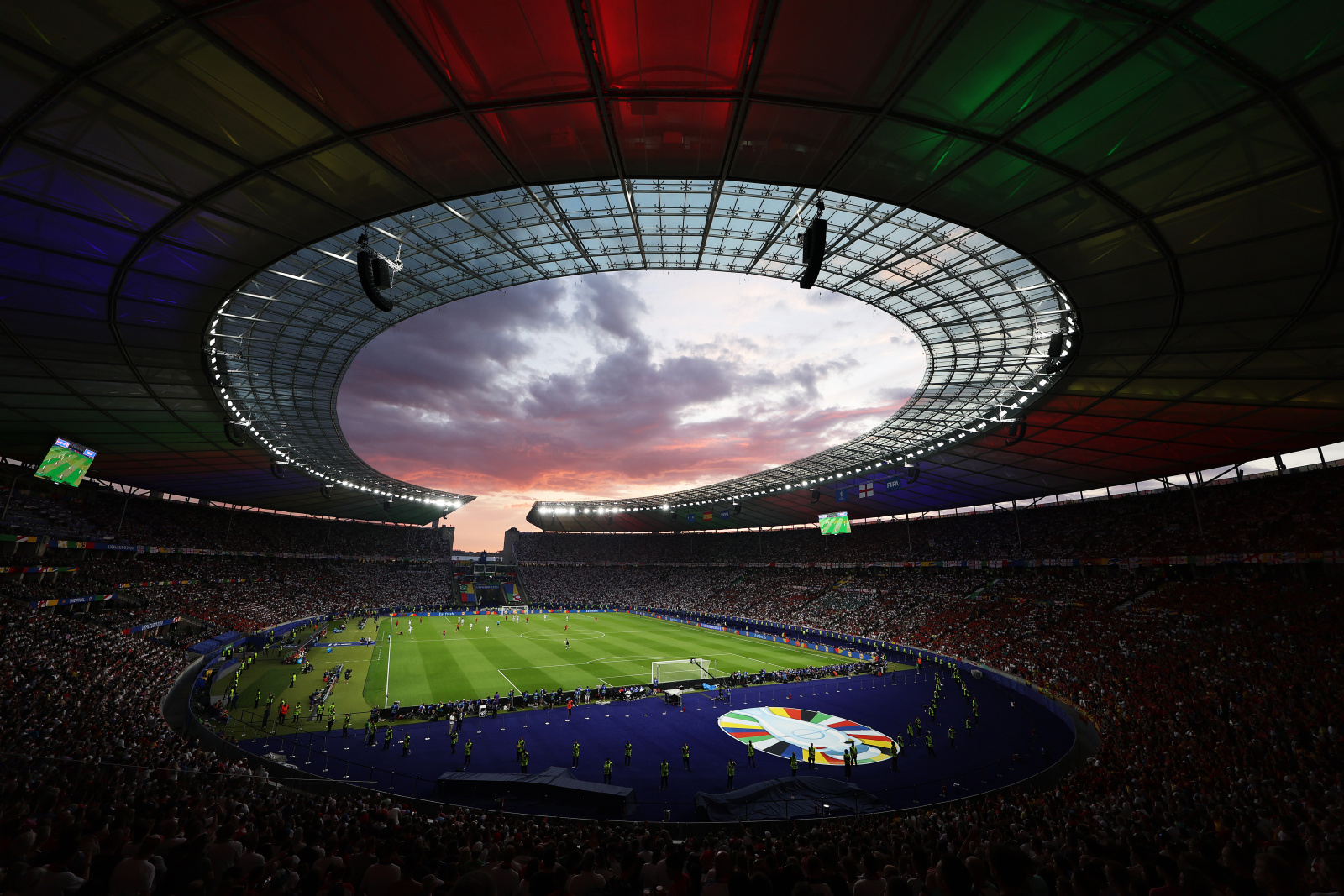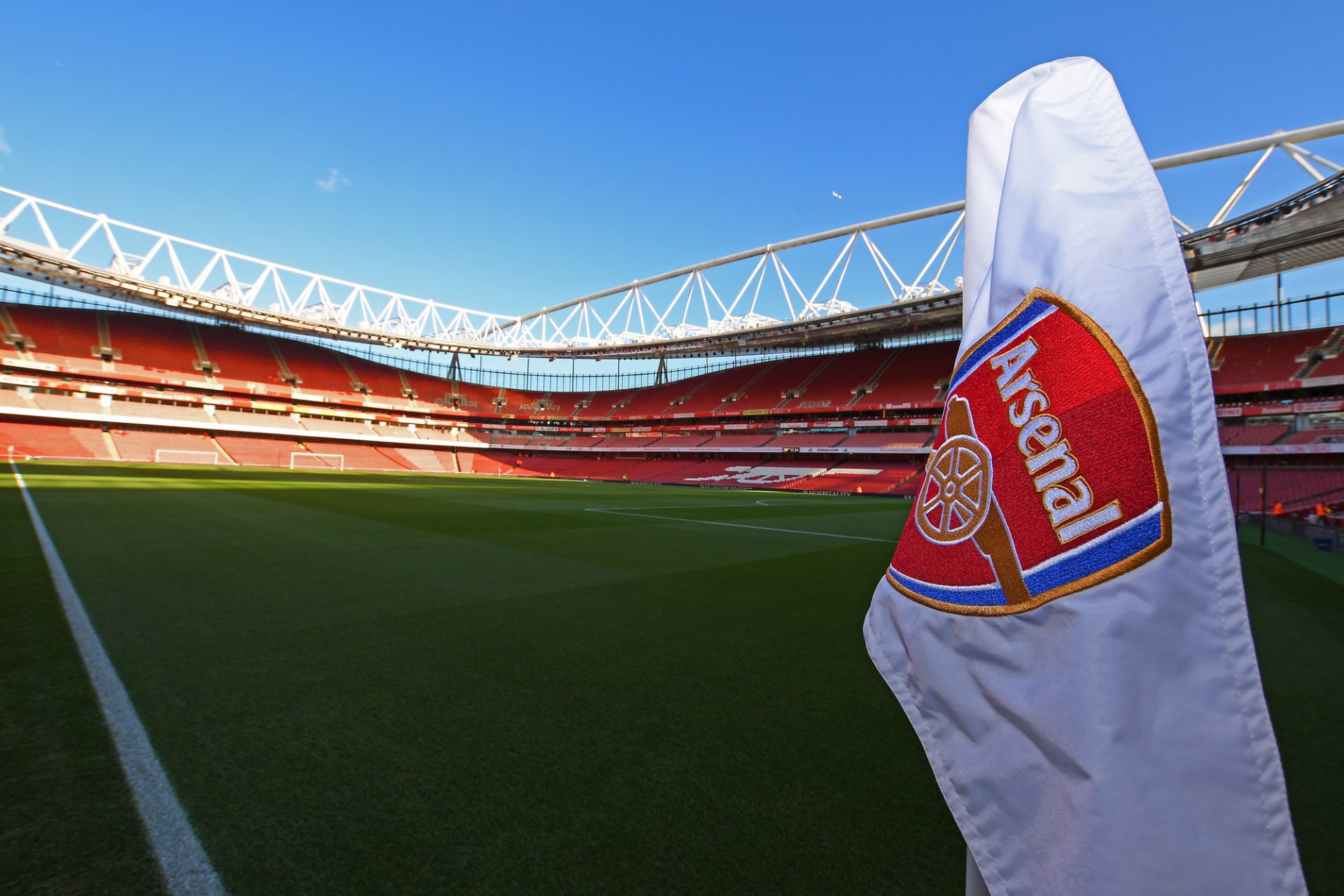Are Soccer Fields Different Sizes?


Table of Contents
Soccer, also known as football in many parts of the world, is a beloved sport played by millions of people of all ages and skill levels around the world. One question that often arises among soccer enthusiasts is whether soccer fields are different sizes. The answer is yes, soccer fields can vary in size according to the specific regulations set by the governing body of the league or competition. In this article, we will explore the standard size for a soccer field, variations in soccer field size, international variations in soccer field size, differences in field size for men’s and women’s soccer, and the benefits of playing on a larger or smaller soccer field.
Standard soccer field size
The standard size for a soccer field, as set by FIFA (Fédération Internationale de Football Association), is 100-130 yards in length and 50-100 yards in width. These measurements provide a guideline for the size of the field, but there can be variations in size based on different leagues, competitions, and countries. FIFA has set these measurements to ensure that the playing field is suitable for the game of soccer and that the players can perform at their best. The standard size of a soccer field is important because it ensures that the game is played fairly and that teams have equal opportunities to win.
Variations in soccer field size
While the standard size for a soccer field is set by FIFA, there can be variations in size among different leagues, competitions, and countries. For example, youth leagues may have smaller fields to accommodate the skill level and physical abilities of the younger players. In youth leagues, the field size is usually smaller than the standard size set by FIFA, which allows for a more manageable game for the young players. This can help to develop their skills and improve their understanding of the game.
Professional leagues, on the other hand, may have larger fields to provide more room for the players to spread the ball out and play a more open, attacking style of soccer. This can help to create more goal-scoring opportunities and make the game more exciting for the spectators. Additionally, some indoor soccer facilities may have smaller fields to accommodate the limited space. In indoor soccer, the field size is usually smaller than the standard size set by FIFA, which allows for a more fast-paced and intense game. This can make for a more exciting and dynamic game for the players and the spectators.
The size of the field can also affect the way the game is played. A larger field may allow for more room to spread the ball out and play a more open, attacking style of soccer. This can create more space for the players to move and make it easier for them to score goals. A smaller field may result in a more compact, possession-based style of play. This can make it more difficult for teams to score goals, but it can also make the game more intense and tactical. Teams may have to adjust their strategies and tactics based on the size of the field they are playing on.
International variations in soccer field size
There can also be variations in soccer field size among different countries. For example, in the United States, the standard field size for professional soccer is 110 x 70 yards, which is larger than the standard FIFA field size. This may provide more room for the players to play a more open, attacking style of soccer, but it may also require the players to cover more ground and have better stamina. In the United States, the larger field size allows for a more dynamic and exciting game, which can appeal to the American audience.
In other countries, the field size may be smaller than the standard size set by FIFA. For example, in some European countries, the field size is usually smaller than the standard FIFA size, which can make the game more compact and possession-based. This can lead to a more tactical and intense style of play, where teams focus on keeping possession of the ball and creating chances through quick passing and movement. In these countries, the smaller field size can be seen as an advantage as it can create a more technical and skilled game.
In South America, soccer fields can also vary in size, but most of the time they are similar to the standard size set by FIFA. This can make for a more open and dynamic game, similar to the style of play in the United States. The larger field size allows for more room for the players to move and create goal-scoring opportunities.
In Asia, field size can also vary but is generally similar to FIFA standard size. In this region, the standard field size allows for a balance of open attacking style and possession-based style of play.
Differences in field size for men’s and women’s soccer
According to FIFA regulations, there are no differences in field size for men’s and women’s soccer. The same size regulations apply to both genders. This ensures that both men and women have the same playing conditions and that the game is played fairly. Having the same field size for men and women’s soccer is important because it ensures that the game is played on a level playing field and that both genders have the same opportunities to succeed.
Benefits of playing on a larger or smaller soccer field
There can be benefits to playing on a larger or smaller soccer field, depending on the team’s style of play and strategy. A larger field may benefit teams that like to play a more open, attacking style of soccer, while a smaller field may benefit teams that prefer a more possession-based style of play. This is because a larger field provides more room for the players to move and create goal-scoring opportunities, while a smaller field can make it more difficult to score goals and forces teams to focus on keeping possession of the ball.
Teams that prefer to play a more open, attacking style of soccer may benefit from playing on a larger field. This is because a larger field allows for more space for the players to move and create goal-scoring opportunities. This can make the game more exciting and dynamic, and it can also appeal to the spectators.
Teams that prefer a more possession-based style of play may benefit from playing on a smaller field. This is because a smaller field can make it more difficult to score goals and forces teams to focus on keeping possession of the ball. This can make the game more intense and tactical, and it can also appeal to the spectators.
However, teams may also have to adjust to the size of the field they are playing on, and it can be challenging to play on a field that is not the size they are used to. This can be especially difficult for teams that are not used to playing on a larger or smaller field.
Are Soccer Fields Different Sizes? – Key Takeaways
In conclusion, soccer fields can vary in size based on the specific regulations set by the governing body of the league or competition. The standard size for a soccer field is 100-130 yards in length and 50-100 yards in width, but there can be variations in size among different leagues, competitions, and countries. The size of the field can affect the way the game is played and teams may have to adjust their strategies and tactics accordingly. The standard field size set by FIFA ensures that the game is played fairly, and that teams have equal opportunities to win. It is also important to note that there are no differences in field size for men’s and women’s soccer, ensuring that both genders have the same playing conditions. The benefits of playing on a larger or smaller soccer field also vary depending on the team’s style of play and strategy. A larger field may benefit teams that like to play a more open, attacking style of soccer, while a smaller field may benefit teams that prefer a more possession-based style of play. It’s important to note that while there may be benefits to playing on a certain size field, teams must also be able to adapt and adjust to different field sizes they may encounter.
In international soccer, variations in field size can also be observed. In the United States, the standard field size for professional soccer is larger than the standard FIFA size, which can provide more room for an open, attacking style of play. In European countries, the field size is usually smaller, which can lead to a more compact and possession-based style of play. In South America, field size is similar to FIFA standard size, which can lead to an open and dynamic style of play. In Asia, field size is also similar to FIFA standard size, which allows for a balance of open attacking style and possession-based style of play.
Furthermore, it’s important to note that the field size does not only affect the players but also the spectators. Larger fields may provide more room for the players to move and create goal-scoring opportunities, which can make the game more exciting and dynamic for the spectators. On the other hand, smaller fields can make the game more intense and tactical, which can also appeal to the spectators.
In conclusion, while soccer fields are regulated by specific governing bodies, there can be variations in size among different leagues, competitions, and countries. The standard size for a soccer field is set by FIFA and is important for ensuring that the game is played fairly and that teams have equal opportunities to win. Variations in size can affect the way the game is played and teams may have to adjust their strategies and tactics accordingly. It’s important to note that there are no differences in field size for men’s and women’s soccer, ensuring that both genders have the same playing conditions. The benefits of playing on a larger or smaller soccer field also vary depending on the team’s style of play and strategy. Ultimately, it is important for teams to be able to adapt and adjust to different field sizes in order to succeed in the sport.
Are Soccer Fields Different Sizes? – FAQs
Are soccer fields different sizes?
Yes, soccer fields can vary in size according to the specific regulations set by the governing body of the league or competition.
What is the standard size for a soccer field?
The standard size for a soccer field, as set by FIFA (Fédération Internationale de Football Association), is 100-130 yards in length and 50-100 yards in width.
Are there any variations to the standard size of a soccer field?
Yes, there are variations to the standard size of a soccer field. For example, youth leagues may have smaller fields, while professional leagues may have larger fields. Additionally, some indoor soccer facilities may have smaller fields to accommodate the limited space.
Does the size of the soccer pitch affect the way the game is played?
Yes, the size of the field can affect the way the game is played. A larger field may allow for more room to spread the ball out and play a more open, attacking style of soccer. A smaller field may result in a more compact, possession-based style of play.
Are there any international variations in soccer field size?
Yes, there can be variations in soccer field size among different countries and competitions. For example, in the United States, the standard field size for professional soccer is 110 x 70 yards, which is larger than the standard FIFA field size.
Are there any differences in field size for men’s and women’s soccer?
According to FIFA regulations, there are no differences in field size for men’s and women’s soccer. The same size regulations apply to both genders.
Are there any benefits to playing on a larger or smaller soccer field?
There can be benefits to playing on a larger or smaller soccer field, depending on the team’s style of play and strategy. A larger field may benefit teams that like to play a more open, attacking style of soccer, while a smaller field may benefit teams that prefer a more possession-based style of play.










